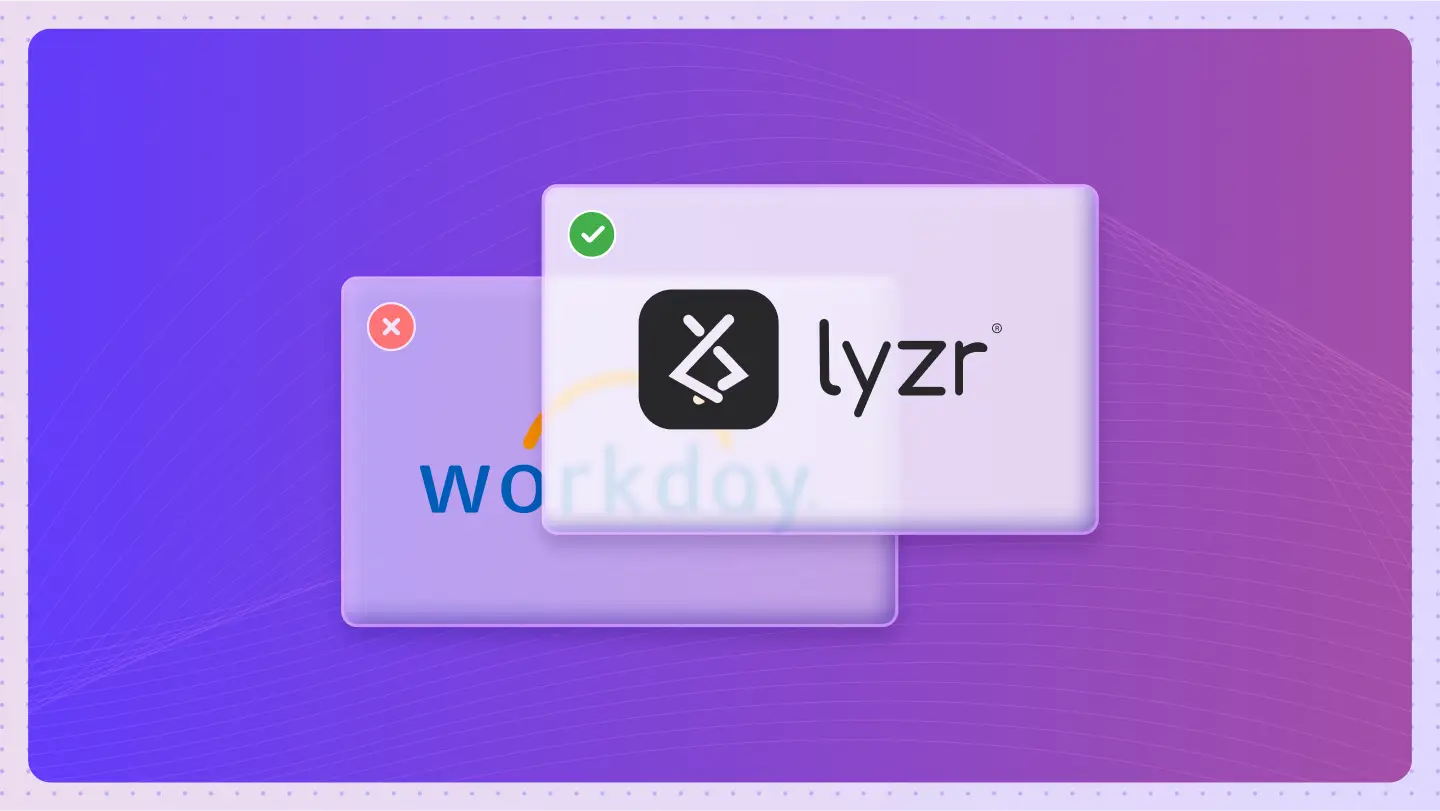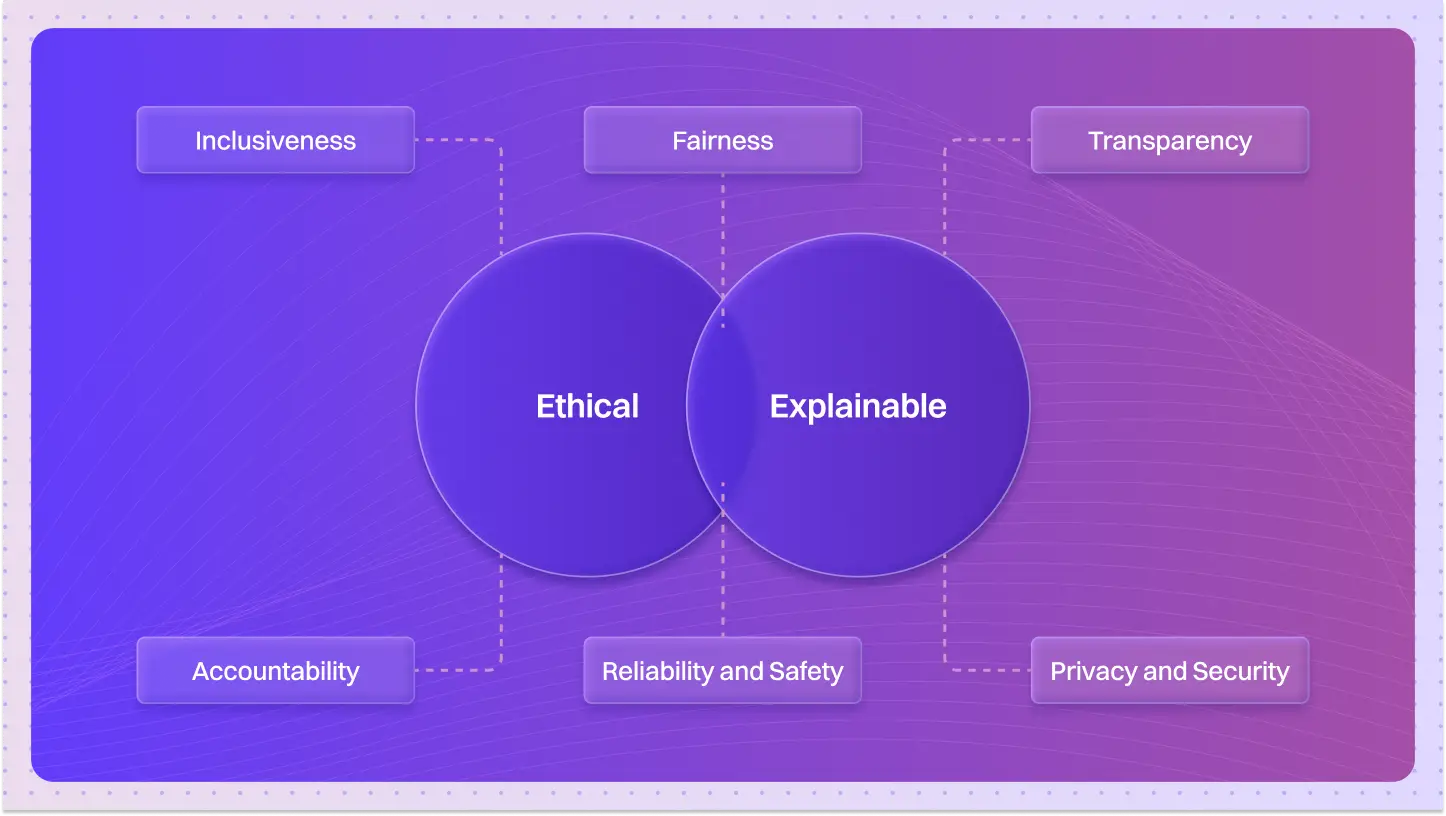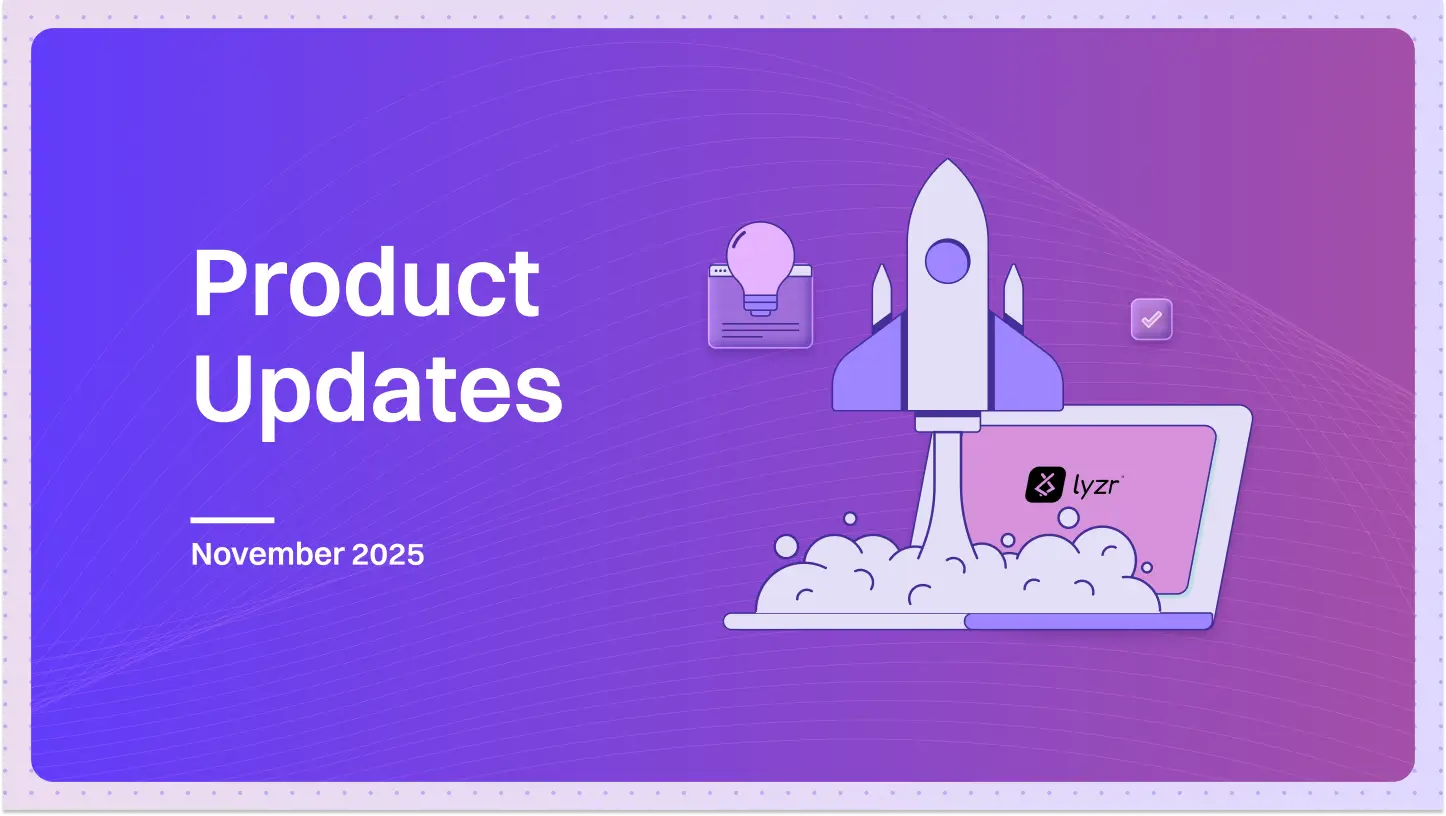An autonomous AI agent without rules is a liability waiting to happen.
This is the safety net.
An AI Agent Compliance Framework is a structured set of rules, guidelines, and processes designed to ensure AI agents operate ethically, legally, and safely while adhering to industry standards and regulations.
Think of it like a comprehensive driver’s handbook combined with traffic laws for an autonomous vehicle.
The handbook teaches the car how to drive safely.
The traffic laws set the absolute boundaries it must never cross.
The framework provides both the operating principles and the hard-and-fast rules, plus the systems to check that the agent is following them.
Without this, you’re letting a powerful, autonomous system loose with no guardrails. It’s not about restricting innovation; it’s about creating the conditions for it to flourish safely.
What is an AI Agent Compliance Framework?
It’s a living system, not just a dusty policy document.
It’s the complete operational structure that governs an AI agent’s behavior from its first line of code to its real-time actions.
This framework includes:
- Ethical Guardrails: Rules based on principles like fairness, transparency, and accountability.
- Legal Boundaries: Constraints based on laws like GDPR for data privacy or HIPAA for healthcare.
- Technical Safeguards: The actual tools and code that monitor, audit, and control the agent.
- Human Oversight: The processes for people to review, intervene, and manage the agents.
Why are compliance frameworks necessary for AI agents?
Because agents are autonomous.
They make decisions and take actions in the real world on their own.
This is fundamentally different from traditional software or even static AI models.
- It’s about behavior, not just output. A traditional model gives you a prediction. An agent acts on that prediction. The compliance framework has to govern those actions.
- It must account for the unexpected. Agents learn and adapt. This can lead to emergent behaviors—actions the designers never explicitly programmed. A compliance framework is designed to catch and manage these unforeseen actions.
Without one, an agent could misuse private data, give harmful advice, or cause significant financial loss. It’s a non-negotiable part of deploying agents responsibly.
What key components make up an effective AI Agent Compliance Framework?
A strong framework is built on several pillars:
- Governing Policies: The high-level rules. This is where you define what is acceptable and unacceptable behavior for your agents.
- Risk Assessment: A process to identify what could go wrong. What are the legal, ethical, and operational risks of this agent?
- Technical Controls: The implementation of the policies in code. This includes access controls, data handling rules, and behavioral constraints.
- Monitoring and Auditing: Systems that watch the agents in real-time and keep detailed logs of their decisions and actions.
- Human-in-the-Loop Processes: Clear procedures for when and how a human expert should intervene, review a decision, or take over from an agent.
How are AI Agent Compliance Frameworks implemented?
It’s a continuous cycle, not a one-time setup.
It starts at the design stage, where ethical and legal requirements are baked into the agent’s architecture.
It continues during training. Anthropic’s Constitutional AI is a perfect example, where the model is trained to adhere to a core “constitution” of principles.
At deployment, guardrails are put in place to limit the agent’s capabilities to safe, approved actions.
And finally, in runtime, the agent is under constant observation, with automated alerts for any behavior that approaches a compliance boundary.
What regulatory standards inform AI Agent Compliance Frameworks?
The framework must translate broad legal requirements into specific technical controls.
Key regulations include:
- GDPR (General Data Protection Regulation): Governs how an agent can handle the personal data of EU citizens.
- HIPAA (Health Insurance Portability and Accountability Act): Sets strict rules for agents that deal with patient health information in the U.S.
- Industry-Specific Rules: Financial agents must comply with trading regulations, while legal AI must adhere to rules about the unauthorized practice of law.
A good framework maps its internal rules directly to these external legal standards.
What are the business benefits of implementing an AI Agent Compliance Framework?
This is more than just risk mitigation. It’s a strategic advantage.
It builds customer trust. Users are more likely to adopt AI they know is safe and reliable.
It enables scalability. You can confidently deploy more agents when you have a robust system for managing them.
It protects your brand and bottom line from the catastrophic reputational and financial damage of a compliance failure.
What technical mechanisms are used for Agent Compliance?
The core of the framework isn’t a PDF document; it’s a set of active, technical systems.
- Runtime Monitoring Systems: This is the agent’s “watchdog.” It observes the agent’s behavior in real-time and flags or blocks any action that violates a predefined rule. It’s the first line of defense against harmful emergent behavior.
- Explainability Tools: This is the agent’s “flight data recorder.” These tools create an audit trail, logging the reasoning behind an agent’s key decisions. If something goes wrong, you can go back and understand why the agent did what it did.
- Regulatory Alignment Modules: Think of this as a “legal translator.” It’s a component that explicitly maps the agent’s internal rules to specific clauses in external regulations like GDPR or HIPAA, making audits and proof of compliance much easier.
Quick Test: Can you spot the compliance risk?
A company deploys a new AI agent to personalize customer support. It improves efficiency, but soon, the support team notices the agent is accessing customer purchase history to make proactive—and sometimes unwanted—product recommendations.
Which technical mechanism is needed to detect and investigate this?
Answer: A Runtime Monitoring System would detect the unauthorized data access in real-time. Explainability Tools would then be used to investigate why the agent decided that accessing that data was an appropriate action for its support task.
Deeper Questions on Agent Compliance
How do AI Agent Compliance Frameworks handle emergent behaviors?
You can’t predict every possible behavior. The framework focuses on detection and response. Runtime monitoring systems set boundaries, and if an agent’s behavior crosses a line, it triggers an alert, pauses the agent, and loops in a human operator.
What role do human auditors play in AI agent compliance?
They are essential. Human auditors conduct periodic reviews, perform “red teaming” to test the agent’s limits, investigate incidents flagged by monitoring systems, and provide the final judgment call on complex ethical gray areas.
How can organizations balance innovation and compliance in autonomous systems?
They are not opposing forces. A strong compliance framework creates a “safe sandbox” for innovation. It allows developers to experiment with new agent capabilities, knowing that guardrails are in place to prevent catastrophic failures.
What documentation requirements exist in most AI Agent Compliance Frameworks?
Comprehensive documentation is critical. This includes risk assessments, data governance policies, architectural diagrams showing where controls are implemented, training data records, and detailed logs of all agent actions and decisions for auditing.
How are compliance violations detected and remediated in AI agent systems?
Violations are typically detected automatically by the runtime monitoring system. Remediation is a tiered process: minor issues might be logged, while critical violations can trigger an automatic shutdown of the agent and an immediate alert to a human oversight team.
What specific compliance challenges exist for multi-agent systems?
The complexity skyrockets. You have to ensure compliance not just for each individual agent, but for the emergent behavior of the entire system of agents interacting. The framework must monitor inter-agent communication and collective actions.
How do compliance frameworks address cross-border and international regulatory differences?
They must be adaptable. A common approach is to design the framework around the strictest applicable regulations (often GDPR for data privacy) and then build modules that can adjust constraints based on the agent’s operating jurisdiction.
What ongoing monitoring is required after an AI agent is deployed?
Compliance is not a launch-day activity; it’s a continuous process. Constant monitoring of agent performance, regular audits of its decision logs, and periodic updates to the framework to reflect new regulations are all required.
As agents become more integrated into our world, these frameworks will be the defining line between powerful tools that serve humanity and unpredictable systems that pose a risk to it.







